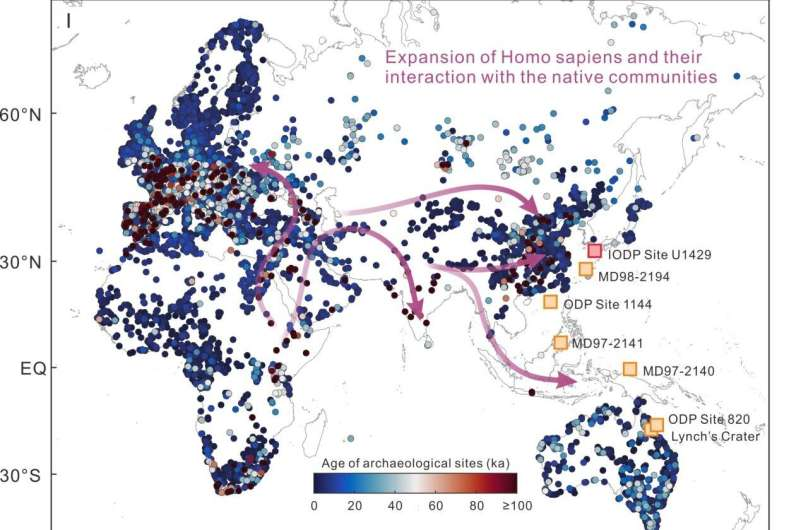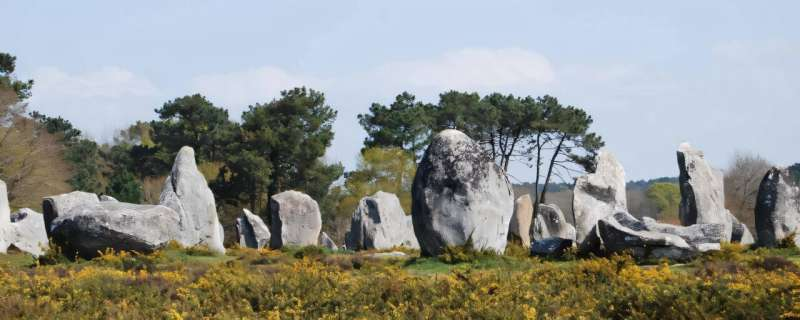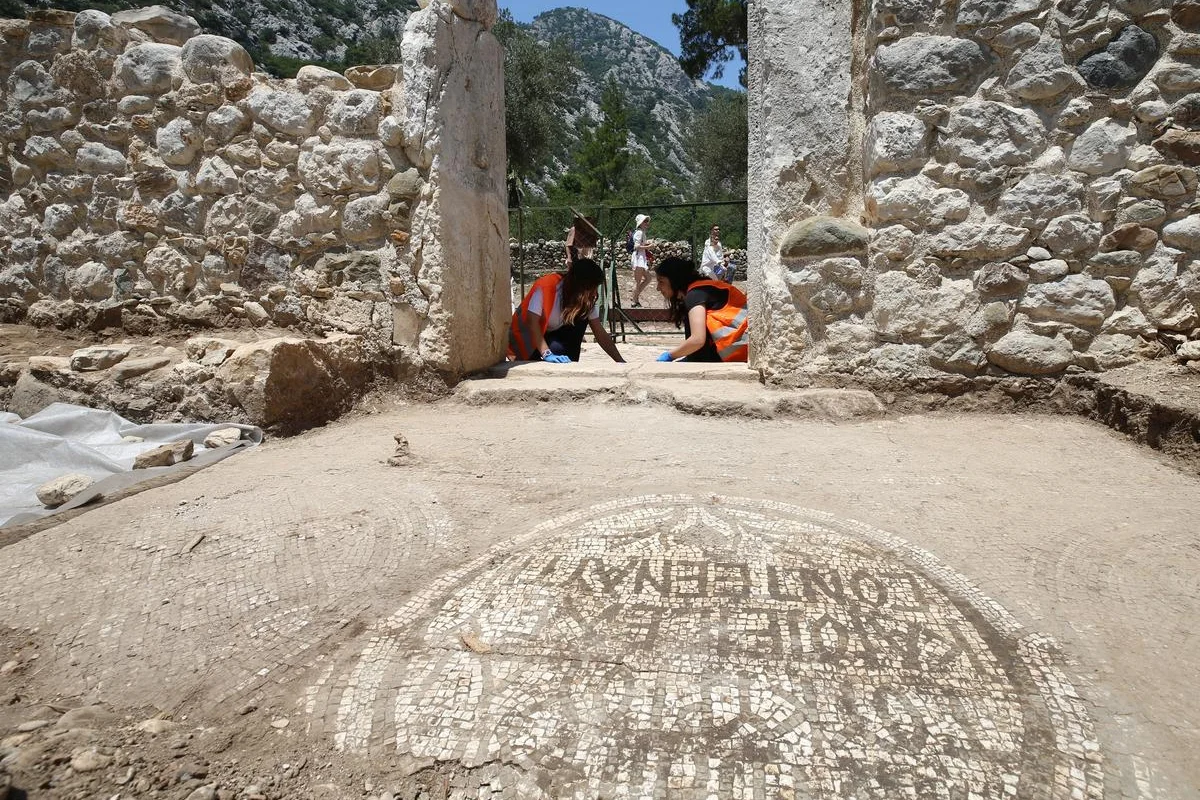A Remarkable Archaeological Find
The Dead Sea Scrolls, one of the most significant discoveries of the 20th century, were uncovered between 1947 and 1956 in the Qumran Caves near the Dead Sea. Local Bedouin shepherds first stumbled upon the ancient manuscripts, sparking a series of excavations that led to the recovery of nearly 1,000 scrolls.
Contents of the Scrolls
The scrolls contain a mix of biblical texts, apocryphal writings, and sectarian documents. Among them are the oldest known copies of the Hebrew Bible, including books such as Isaiah, Psalms, and Deuteronomy. Other scrolls provide insight into the beliefs and practices of a Jewish sect, possibly the Essenes, who lived in isolation and adhered to strict religious laws.
Significance in Religious History
The Dead Sea Scrolls offer invaluable insight into early Judaism and the development of Christianity. They shed light on variations in biblical texts, revealing how religious traditions evolved over time. Scholars have used these texts to better understand the cultural and theological landscape of Second Temple Judaism, a period crucial to both Jewish and Christian traditions.
Preservation and Study
Since their discovery, the scrolls have been meticulously studied and preserved. Advanced imaging techniques have helped decode fragile and fragmented texts, allowing researchers to reconstruct lost passages. Today, they remain a cornerstone of biblical and historical scholarship, housed in institutions such as the Israel Museum in Jerusalem.
A Legacy of Knowledge
The discovery of the Dead Sea Scrolls continues to shape our understanding of ancient religious texts, bridging the past with modern theological and historical studies. Their significance extends beyond academia, influencing contemporary discussions on faith, history, and textual preservation.







